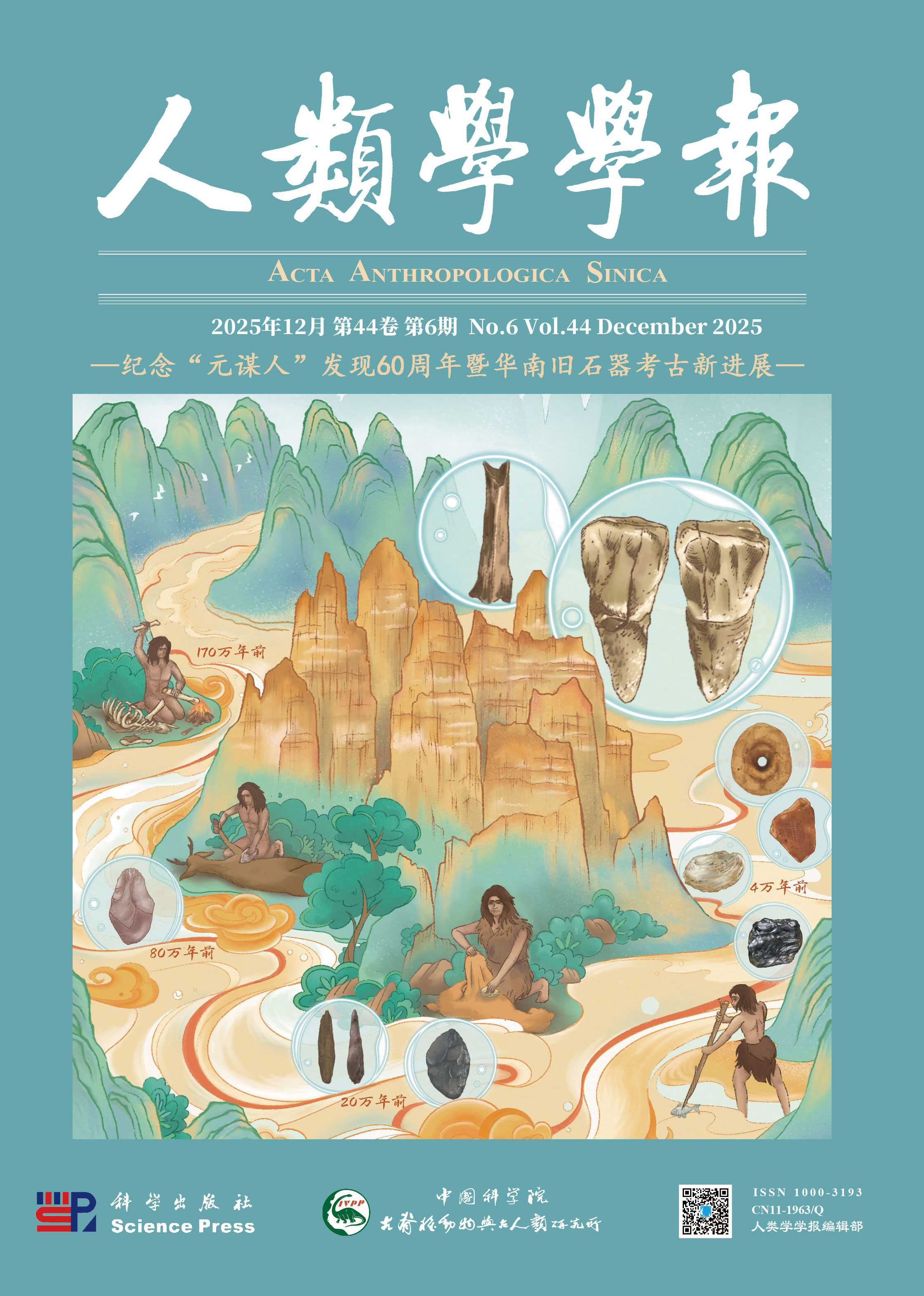Situated at the southern piedmont of Qinling Mountains, the Danjiangkou Reservoir Region (DRR) is served as the critical area for human migration and cultural interaction between Southern and Northern China. Many Paleolithic sites have been discovered during the South-to-North Water Diversion Project conducted by the Chinese government, and some of them have been systematically excavated, which demonstrates the DRR is an essential zone for the adaption and evolution of hominins during the Pleistocene. However, given the limitation of chronological data, the cultural and technological development trajectory in the DRR is still unclear.
This paper has scrutinized all the excavated sites published so far, with a special focus on their geomorphological location, lithic artifacts and dates. The DRR with a total of 38 sites can be divided into two sub-areas when considering their locations, including the upstream of the Hanshui River region (n=25) and the downstream of the Danjiang River region (n=13).
In this paper, we reevaluate the chronology of excavated sites in DRR and further proposes the following opinions:
1) Regional cultural development can be divided into three stages: a) Phase 1 is dated from MIS 27-MIS 8, represented by the simple core-and-flake industry, including sites located on the fourth terrace of the Hanshui River, the lower layers of sites on the third terrace of the Hanshui and Danjiang river, as well as Bailongdong and Longgudong caves. b) Phase 2 with a chronology ranging from MIS 7-MIS 3c is characterized by the emergence of Large Cutting Tool (LCT) assemblages. This stage consists of the open-air sites buried in the upper layers on the third terrace of the DRR, all the sites on the second terrace of Hanshui River, and one cave site, the Huanglong Cave. c) Phase 3 is estimated to be dated from MIS 3b to the end of Pleistocene which includes the upper cultural layer of Shuiniuwa and Longkou site on the third terrace of the Hanshui Branch. Small-sized flake tools dominate the lithic assemblage during this stage, and no LCT factors are found.
2) Although well-organized technological stages can be observed in the DRR, the core-and-flake assemblages still dominate at all sites throughout the Pleistocene, even when LCT factors appeared, which indicates a technological and cultural continuity in this area.
3) Considering the two sub-areas in the DRR, the lithic technology in downstream of the Danjiang River is slightly different from that in the Hanshui Branch. The former is characterized by more flake tool components and fewer LCT factors during 250-50 kaBP, indicating technological influence from northern China and the Qinling Mountains (or Southern China) and further implying the potential cultural transmission with both regions.
4) We further propose that the LCT complex in Hanshui branch of the DRR during 100-50 ka BP is coinstantaneous with the presence of Homo sapiens in this area, which is represented by fossils discovered at Huanglongdong Cave. Their coexistence suggests that the LCT complex is likely part of the tool kit made by Homo sapiens.









